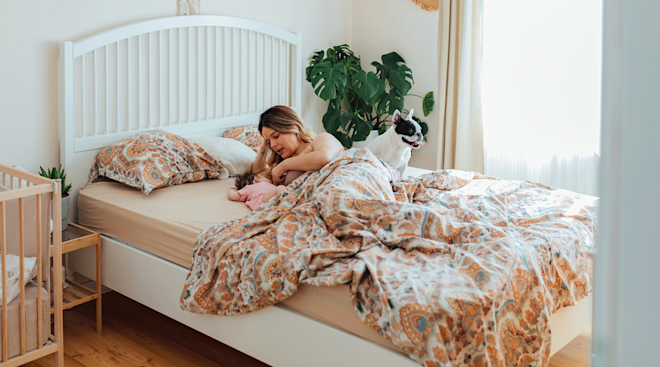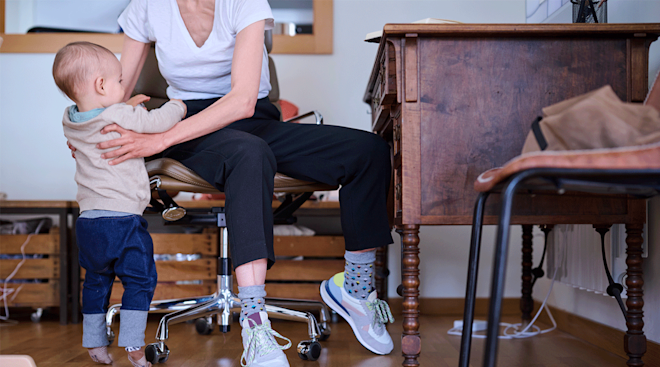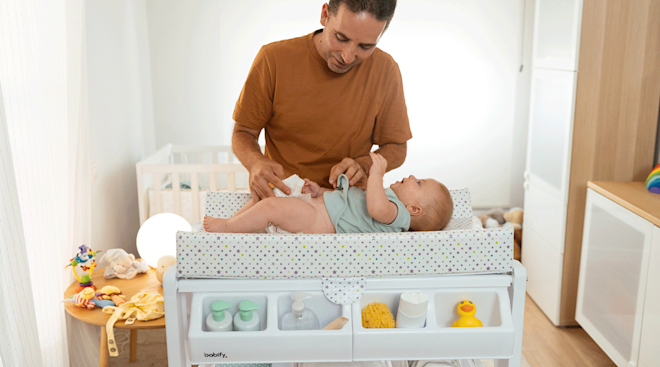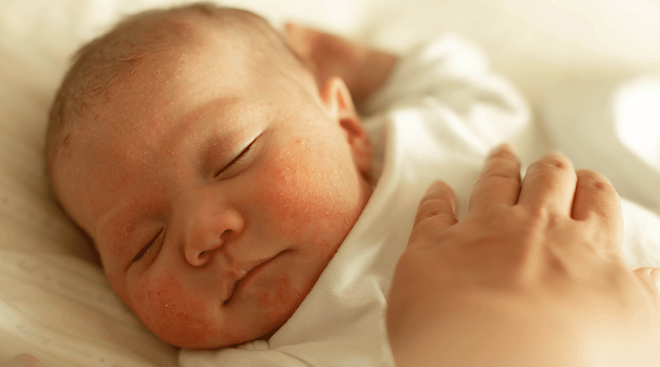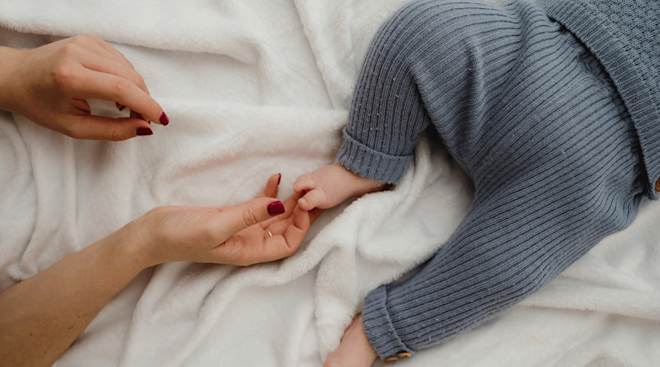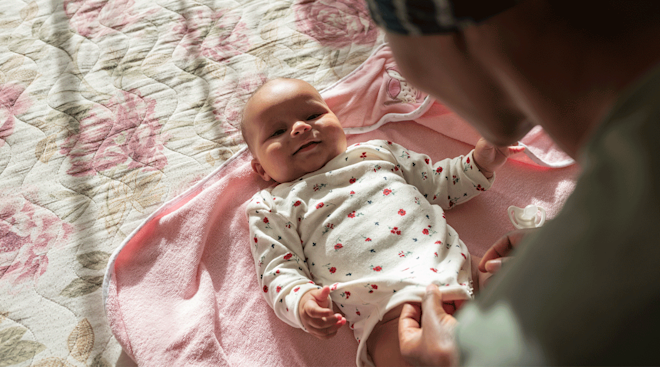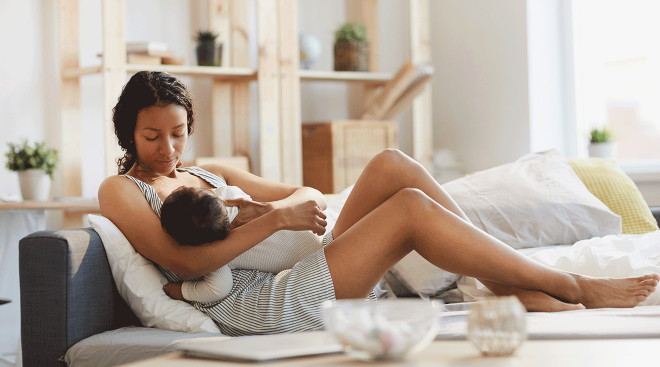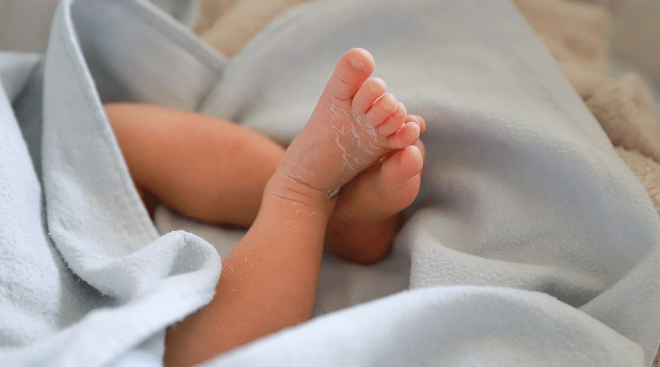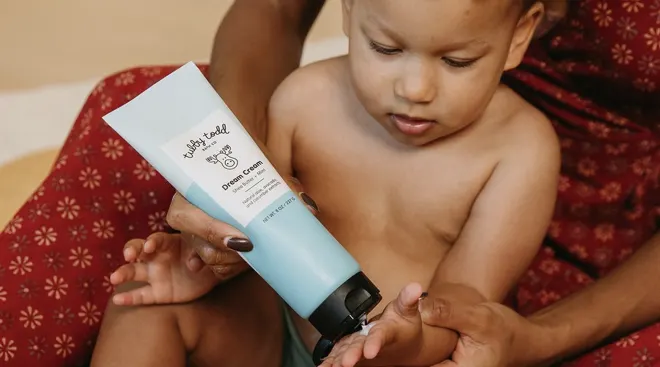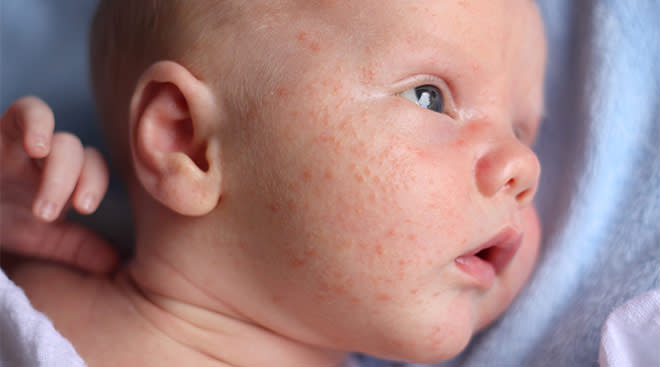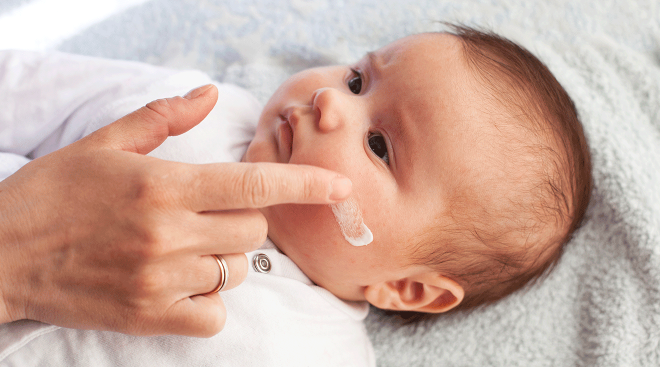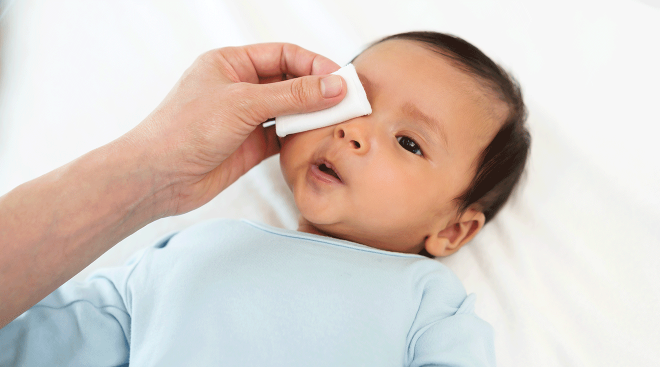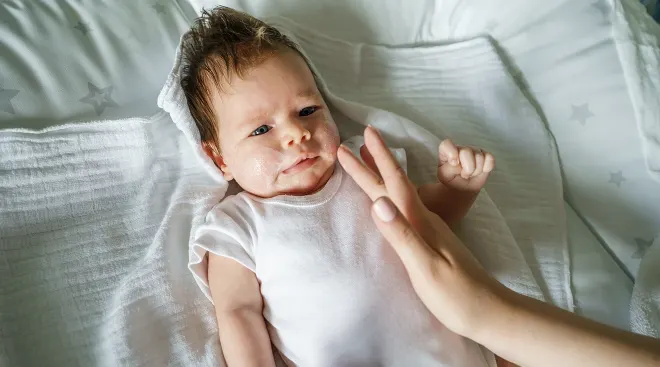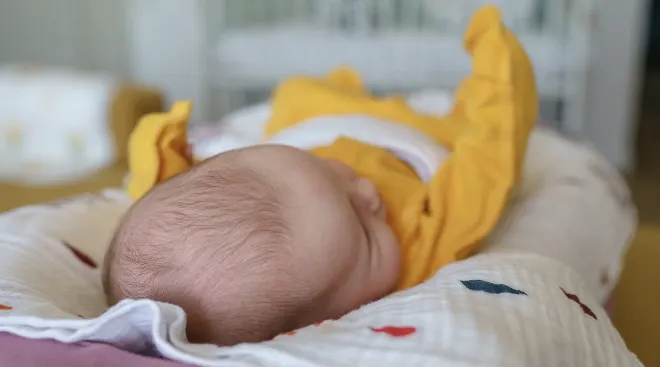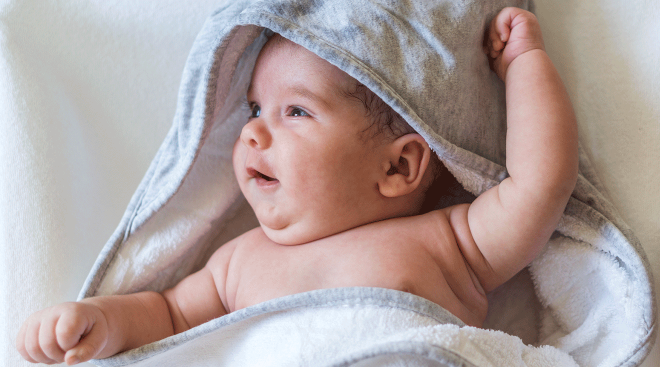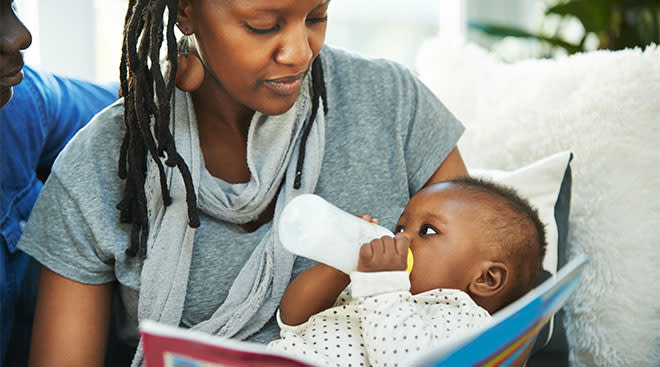Why Are Baby’s Feet Crooked?
Crooked feet are totally normal during the first few months of life. They reflect baby’s curled-up position in the womb during development. Baby’s legs are normally bowed (his knees stay wide apart even when the feet and ankles are together). Your baby’s feet will become straighter as he gets older, particularly after he begins walking and his weight starts bearing down on his feet, and as he kicks and moves his legs. The condition will gradually self-correct. You can help it by massaging and stretching baby’s feet: Take the heel of baby’s foot and gently stretch the front of his foot into the correct position.
However, there are some conditions that require intervention by a pediatric orthopedist. You can tell that baby might have a problem if the front half of the foot is very curved, if you’re unable to straighten baby’s foot by doing stretches or if there’s a deep crease in the sole where baby’s foot curves inward. These conditions can be treated with gentle stretching, serial casting (baby gets a new cast every couple of weeks as his feet begin to correct) or surgery, and the outcome is usually successful. Talipes equinovarus (clubfoot) is the most common congenital disorder of the legs — it happens in about one in 1,000 live births. If baby has this condition, he’ll be born with it and his foot will point down and inward at the ankle. About 50 percent of patients with clubfoot have it in both feet. If baby has clubfoot, the orthopedic specialist may move the foot into the correct position and put a cast there to hold it in place. The treatment should start early, normally shortly after birth, because it’s easier to reshape baby’s foot. Baby’s doctor will stretch and recast the foot every week — it normally takes 5 to 10 casts to complete the treatment. Once the cast is removed, baby will have to wear a special brace every day for about three months. After that, he’ll have to wear it at night and during naps for up to three years.
Metatarsus adductus is a condition in which the bones in the front of the foot bend or turn in toward the body, while the back of the foot and the ankles look normal. The problem will correct itself in most children, but if treatment is needed, you might need to perform stretching exercises, or baby will need to wear a splint or special shoes called reverse-last shoes, which hold feet in the correct position.
Please note: The Bump and the materials and information it contains are not intended to, and do not constitute, medical or other health advice or diagnosis and should not be used as such. You should always consult with a qualified physician or health professional about your specific circumstances.
Plus, more from The Bump:
Navigate forward to interact with the calendar and select a date. Press the question mark key to get the keyboard shortcuts for changing dates.


































